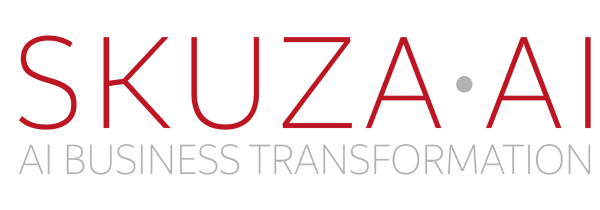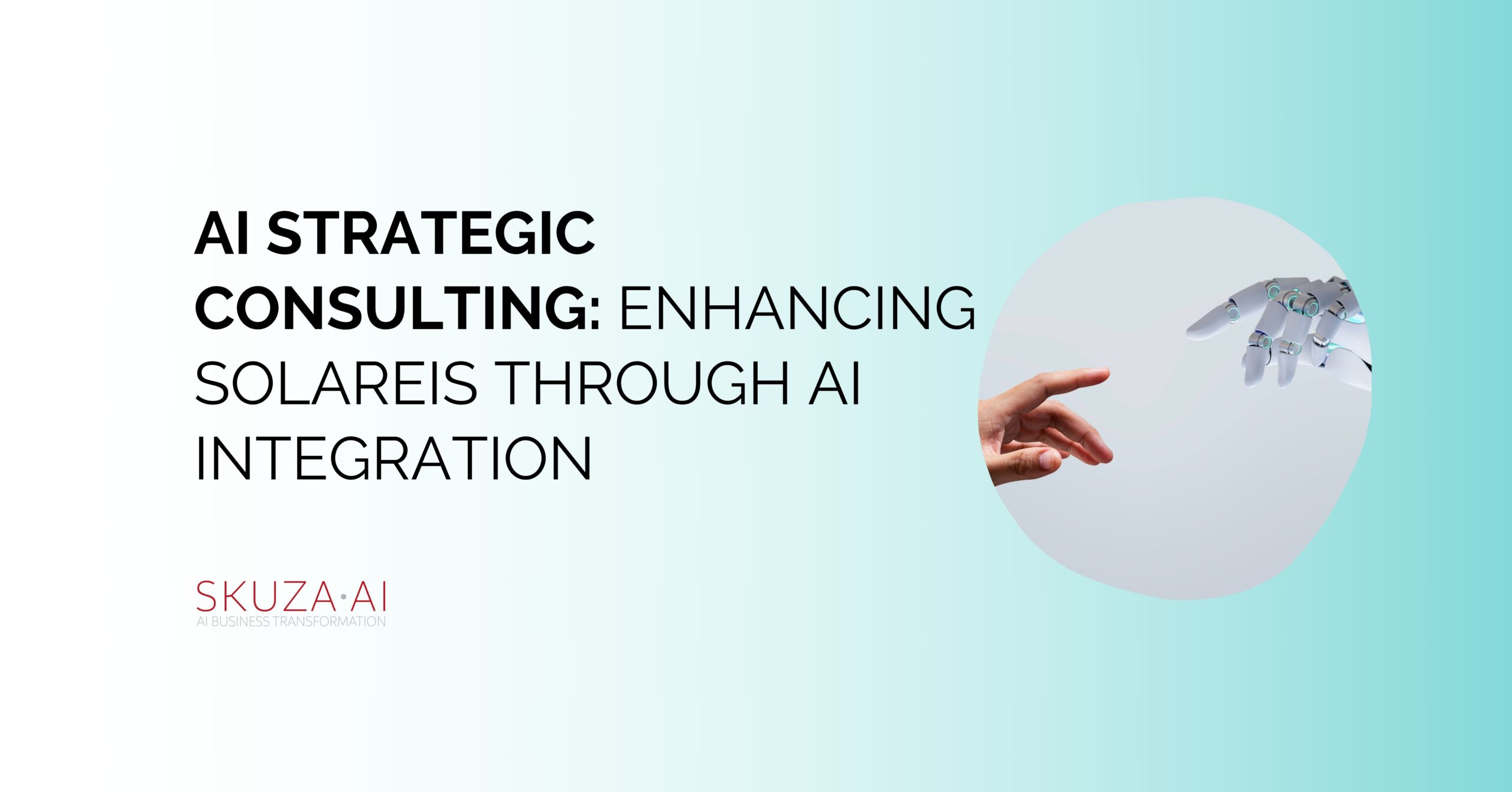Every successful business, whether it is a startup or larger company, owes its success to its business model. Digitalization is reinventing the services and products. To catch the market opportunities, companies need to focus on initiatives that will drive competitive advantage and bring growth to products — even if they fall far from your current business model.
A digital marketplace, or a digital solution, may enable a new age of transformative growth, but when to study what’s driving it, the heart of any growth and change turns out to be types of business model.
To reinvent the business, firms should carefully conduct a change along with four major, interlocking elements that generate and deliver value to customers and the company:
Customer Value Proposition is the most important part in business model innovation
Customer Value Proposition brings the best possible way to to help customers to complete tasks, effortlessly. Putting, in other words, it is a business’s way of generating value in their product or service when targeting potential customers. The better and cheaper the product is, the hardest for competitors to acquire the customer. It is usually determined by working out the total sum of gains that firms put forward to their consumers. If the business model delivers the best possible customer value proposition, it scales fast as customers are dropping competitors products and switch to highest, given value.
Types of pricing and cost structures which influence value proposition creation.
The cost structure defines a list of all the costs which incur to operate the company business model. There are several cost-structures:
- cost-driven business models – these companies focus on minimizing costs wherever they can (examples are Dollar General, Wal-Mart, Dollar Tree, Ryan Air)
- value-driven business models – these companies are more concerned about delivering value than keeping costs at the lowest possible level (examples: Tesla, Target, Market Street)
Would you like to have a call with Arek and discuss the business model innovations? Feel free to click here and register for the call.
It makes sense to discuss the types of costs that come along with different types of business models:
- Fixed costs are the type of costs that stay at the same level no matter how many units of goods or services were sold in the time range.
- Variable costs rise or decline depending on a company’s production volume. This type of cost connects directly to a number of products units which the company sells.
There are several types of pricing models which companies embed into their business:
- On a Cost. It involves adding up all costs correlated with a product or a service and calculating a percentage for profit on top of that.
- Value-Based. This type entails establishing the price for products and services based on the recognized value to the customer.
- Price per time. The business offers time for money. Most lawyers or consultants leverage time-based business models.
- Fixed Pricing, for instance, homes building company charges a customer the fixed price to build a house, regardless of how many hours it takes to build a house.
- Pricing attached to performance. Business invoices a customer according to the performance of the product or service. A business model which leverages performance-based pricing is often favored in the investment world. Investment specialists get a success fee when they complete transaction.
- Freemium model. In this variation, the basic services are available free, but premium services are available for an additional fee. Freemium business model is driving the growth of companies like LinkedIn, HubSpot, Spotify.
Critical Skills and Resources as part of a powerful business model.
Critical skills and resources are the assets that the company needs to control and manage to deliver a value proposition to the customers at a certain level of profit. Usually, the following types of resources are required to perform business model effectively:
- technology
- equipment
- FTEs (full-time equivalents)
- people and qualifications
- facilities
9 types of key processes crucial for business model efficiency
Document and perform essential processes to deliver value in a scalable way. Usually, it’s top 9 processes that influence the delivery of customer value proposition, which are:
- Customer Strategy (acquisition, activation, retention, referral, and revenue)
- Employee and Talents Development
- Quality Monitoring, Improvement & Change Management
- Financial Analysis and Capital Management
- Management Responsibility
- Product Development
- Product/Service Delivery
- Accounting Management
- Technology Management
A business model is the DNA of the company’s strategy, and it sets the direction for success. Many unicorns like Slack, WeWork, Airbnb, Palantir achieved a $1 billion valuation. People might assume that the reason for that is cutting-edge technologies. In fact, the most significant driving force is strong business models which have a solid customer value proposition.
Business model innovation is the creation of enhancing advantage and value proposition redesign. Larger companies expect to drive growth through business model innovation and try to reinvigorate themselves. Startups are exciting and motivating examples to conduct such a change in the larger companies world.
Millenials taste pushed McCormick to invent the business model which understands digital flavouring . Here is how?
For an example of digitally-enabled business model transformation, consider McCormick, which has experienced a massive turnaround. McCormick — the producer of Old Bay and other spices, and condiments — bets on the technology which help tantalize taste buds. The company collaborates with IBM on inventing new business model which has AI in its heart. The company intends to bring its first batch of AI-assisted products to market in 2019. Before the company releases a new product, it runs 50 – 150 iterations which try to capture the best possible value proposition. Who is the target customer of the new type of business model? Millennials. 64% of them love to cook, and they expect epic flavors, not the old school BBQ or Chipotle. The company launched a platform named FlavorPrint.
FlavorPrint is a platform business that matches people with the food they enjoy. When customers sign up to McCormick’s recipe platform, they are asked to share information about their food preferences. Their recipe search behavior on the platform will continuously accommodate the user’s ideal taste palate to suggest recipes that fit the user perfectly. FlavorPrint’ combines sensory science and culinary science’ to ‘offer highly personalized suggestions for recipes, meals, and seasonings FlavorPrint can change a person’s cooking habits by offering exciting alternatives which are possible only with data-driven business models.
Any company that doesn’t integrate digital into its operations, certainly should. We need to remember, though, that what drives growth is a scalable and robust business model.

